Australian Olympic gold medallist Cecil Healy lost his life in a battle on the Western Front
WHEN a 2nd Lt of the AIF was cut down before the battle of St Quentin a century ago he became the first and only Australian gold medallist Olympian to die in battle.
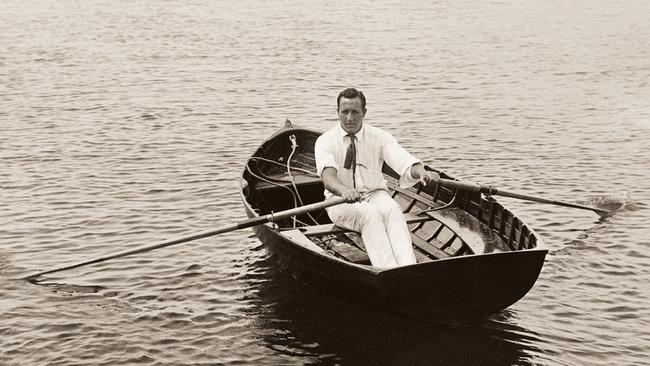
Today in History
Don't miss out on the headlines from Today in History. Followed categories will be added to My News.
IT was late August 1918 when Allied troops were preparing for an assault on the last German strongholds of Peronne and Mont St Quentin overlooking the Somme in northern France. A century ago today, on August 29, 2nd Lt Cecil Healy of the AIF was tasked with seeking out a German machinegun nest that was menacing Australian troops and preventing their advance.
As he and his squad moved toward Sword Wood, shots rang out and Healy, leading his men and urging them forward, was hit in the neck and fell to the ground. Some of his men tried to drag him to safety, but after another burst of gunfire, Healy was hit again — in the chest — and another soldier was killed.
Healy was beyond help, and died from his wounds an hour later. He was one of four men killed in that action, but only Healy made headlines for his sacrifice. It was not an unexpected ending for an officer on the Western Front, but it was an unusual ending for an Olympic gold medallist.

Healy was a champion swimmer, who had won his medal in the 4x200m relay at the Stockholm Olympic Games in 1912, along with a silver medal in the 100m freestyle, highlights of a glorious swimming career.
His death put him in a small group of about 20 gold medallists who lost their lives in WWI, but to date he is the only Australian to have died in battle. His story has now been told in a new book Cecil Healy: A Biography, written by Olympic gold medallist John Devitt and Larry Writer (Stoke Hill Press, $39.95).
Born Cecil Patrick Healy in Sydney on November 28, 1881, he was the fourth child of barrister Patrick Healy, the son of a convict who arrived in 1819. Healy’s mother Annie (nee Gallott) was the daughter of a barrister and whose first husband, Alphonse Girard, was also a barrister but died six months before she married Patrick. Despite being a good student, his father’s death in 1895 put too much of a strain on the family finances to allow Cecil to go to university and make his name as a barrister like his father and maternal grandfather. Instead, while in high school he discovered the talent that would make him famous — winning his first big swimming race in 1895, a 66-yard handicap at the Sydney Natatorium.
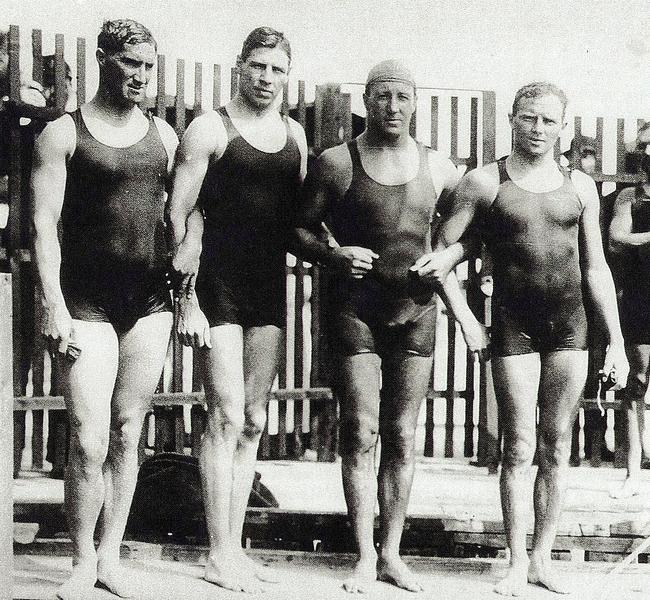
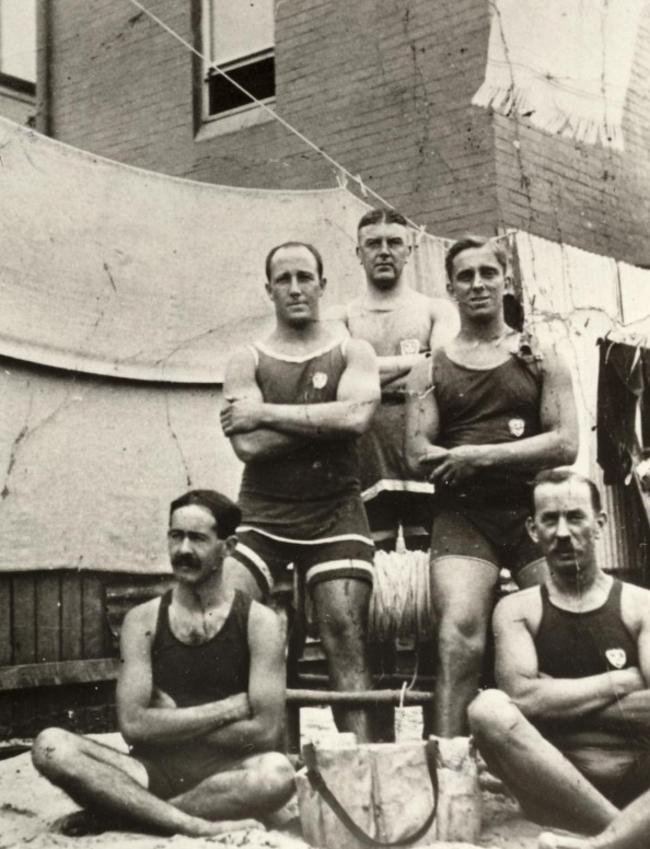
When swimming became a major preoccupation, he joined the East Sydney Amateur Swimming Club and swam alongside such greats as Freddie Lane and Snowy Baker. Healy earnt his chops when, in 1901, he was selected for the “Flying Squad” — a five-man 50m relay team with Lane and Baker. They won the NSW championship.
Healy had been practising his “crawl” stroke, which had been pioneered by swimming great Dick Cavill and Alick Wickham, a Solomon Islander living in Australia.
When he later became a newspaper swimming commentator he was seen as something of an authority on the stroke writing the treatise that saw it dubbed the “Australian crawl”.
In 1904 Healy joined Cavill and Wickham as the only three people in the world to have swum the 100m in under a minute. But he equalled Cavill’s world record of 58 secs for the 100 in 1905.
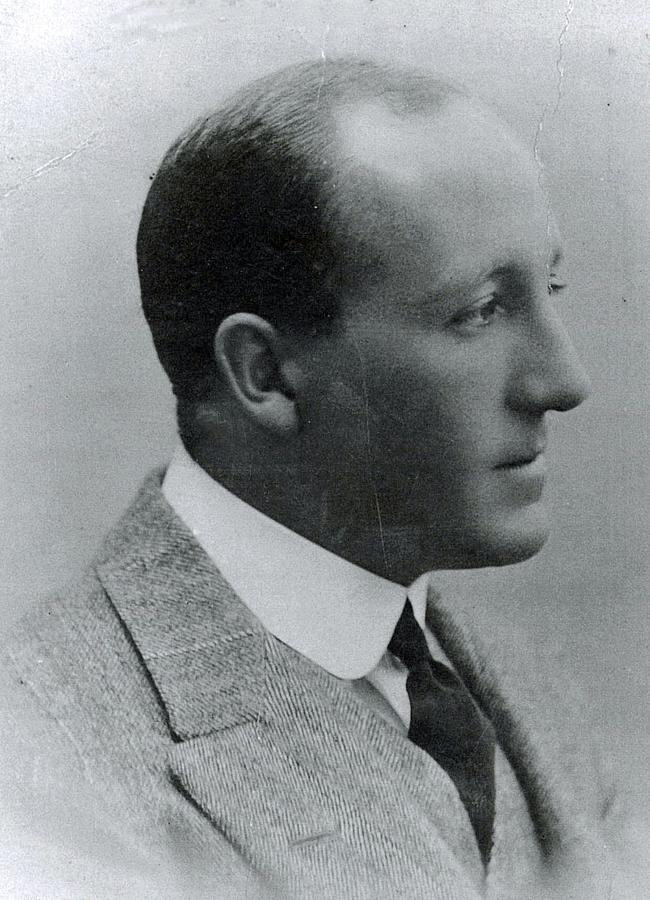
In that era swimmers were major stars and Healy, as Australia’s pre-eminent sprint swimmer, became a celebrity here and overseas. Funded by donations and the organisers of the Athens Olympic Games, he travelled to Europe in 1906 and impressed at various prestige events. But because of his amateur status he couldn’t make money from his swimming.
On his return to Australia he began to make a living as a “commercial traveller”, or sales rep, for several different companies.
Despite setting a new record of 57.2 secs for the 100m in 1908, which would not be beaten until 1927, he was unable to pay his own way to the 1908 Olympics. Instead, he had to wait four years.
At the 1912 Stockholm Games when American Duke Kahanamoku was disqualified from the 100m finals, Healy successfully protested for the American to compete, only to be beaten by him for the gold. Instead, Healy had to settle for silver, but picked up the gold in the 4x200m relay.
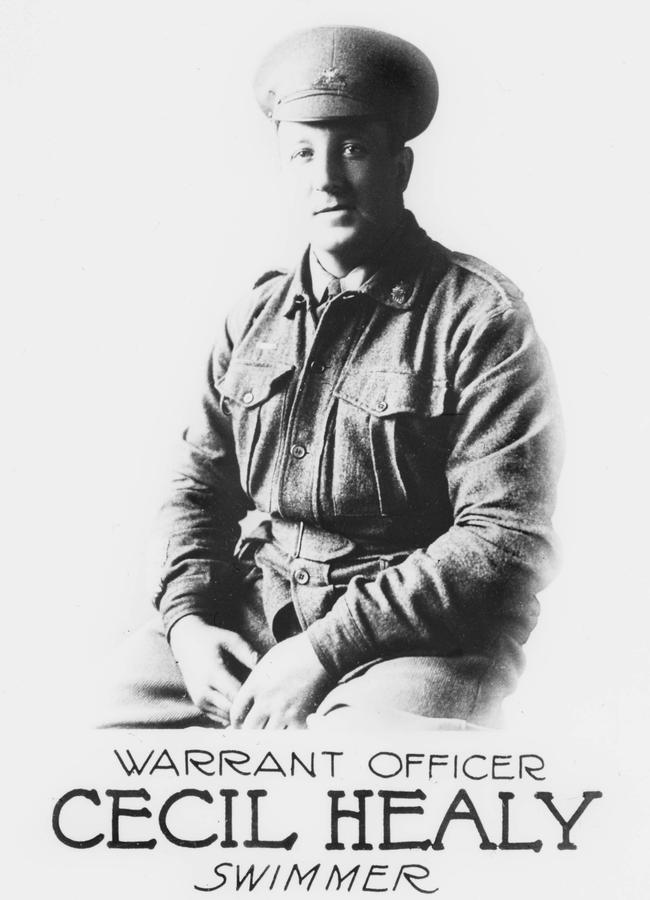
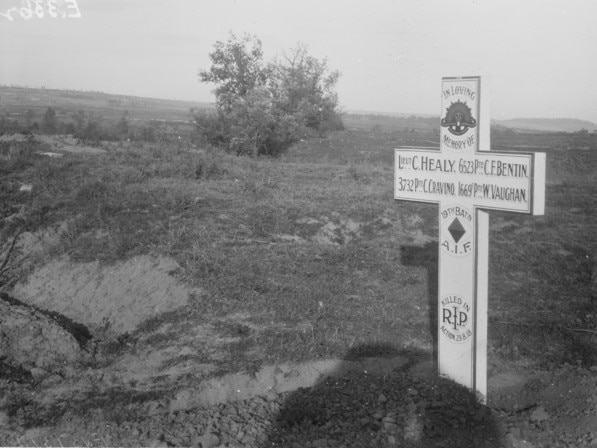
On his return to Australia he announced his retirement from competitive swimming to focus on his business, surf lifesaving and writing, although he had a brief comeback in 1914 before he realised his best days were behind him.
During the conscription debate of WWI, Healy came down in favour of conscription. In September 1915, he volunteered for service and became a poster boy for enlistment. Initially given a desk job in the Army Service Corps he later transferred to the infantry and was killed in action on August 29, 1918.

